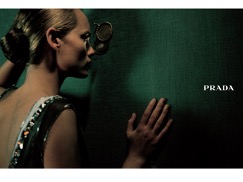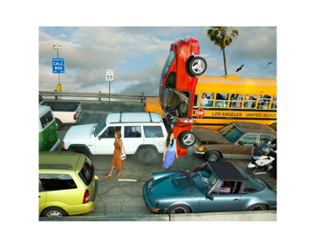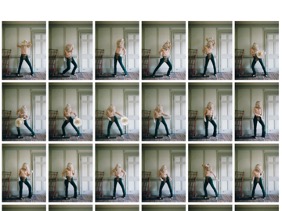Storytelling softens time and experiences by converting passing moments and the continuous flux of events into a structure, a pattern, a plot that gives meaning, makes sense, provides explanation- but also simplifies. A story normally has three parts, a beginning, the middle and end. Today, storytellers’ experiment with that flow in different variations to be more creative. The skill of storytelling is knowing what to include and what to leave out. This can only be done with a full understanding of a subject’s underlying context, simply put a narrative and you can work from there, a story could also be done by having someone telling someone else their version of a story.
Stories can be based on lived experience, whether physical or psychological, they can also be based on a fiction or fantasy. Or they can take a middle ground between fact and fiction. They can be expressed through a wide variety of media and genres. Genres are a style of telling whose form we identify and recognise so that our understanding and expectations become part of our ‘reading’ of the narrative itself.
There are various forms and direction a story can be, they are: Linear, Non-Linear, Circular and Fragmented. Linear means is a story that includes plot, characters, setting, climax and resolution. Linear narratives present stories in a logical manner by telling what happens from one point in time to the next without using flashbacks or flash-forwards and then returning to the present. Non-Linear story direction is a disjointed narrative or disrupted narrative is a narrative technique, sometimes used in literature, film, hypertext websites and other narratives, where events are portrayed, for example, out of chronological order or in other ways where the narrative does not follow the direct causality pattern. A Circular form is when the story node links to one and only one other story node, forming a circle. The guest can enter the story at any point continue around the circle of story nodes. Depending on the duration of the story, the guest may loop around the circuit and encounter the same story nodes multiple times. And lastly the Fragmented form of storytelling means that the narrative might start in the middle of the story, transition back to the beginning of the tale and then flash forward to the end. In general, fragmented narratives can be thought of as linear narratives told in a nonlinear fashion.
There are many ways of finding, creating or hearing a storyline. For example, it can be an experience, an event from your past or present, remember stories could be personal or relate to others. It can be inspired by someone or something or it can be re-interpreted from an existing story. A story can be fictional (imagination) or non-fictional (factual). Additionally, a storyline can relate to the psychological not just the physical. Lastly it can be about the act or art of narration or storytelling itself.
There are also ways to think about the way the viewer/ public will experience or interact with your work. If it is a book, it could have a different texture on the front page to see what target audience they can reach for. Infant book tends to have a variety of materials so they can interact with the book and learn. Adults tend, glossy or matte finishes which is simple, and they can just get on with reading. A problem a lot of the audience for stories have is not understanding the plot or narrative of your story, even though you might understand every little thing, every secret and every symbol, it can happen that the public might not and therefore before releasing a book or story, its best to even simplify the content and context for those type of instances.
A famous British filmmaker named “Adam Curtis” which theme is mainly “Power and how it works in society once stated: “All reality is incredibly complex and chaotic. To make sense of it we have to tell stories about it – which inevitably simplifies”
Adam Curtis. In my opinion, what he wants to say is that the world we live in is static, it doesn’t change much however us as the humans do. Instead of looking to change the world for the better, we look either to change small things such as our bodies, our own rights as an individual, or we fall back into the past.
Here are some photographs shot by famous photographers and artists to do with the theme of Storytelling.





